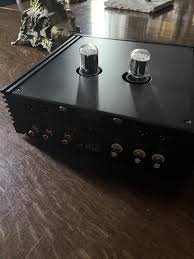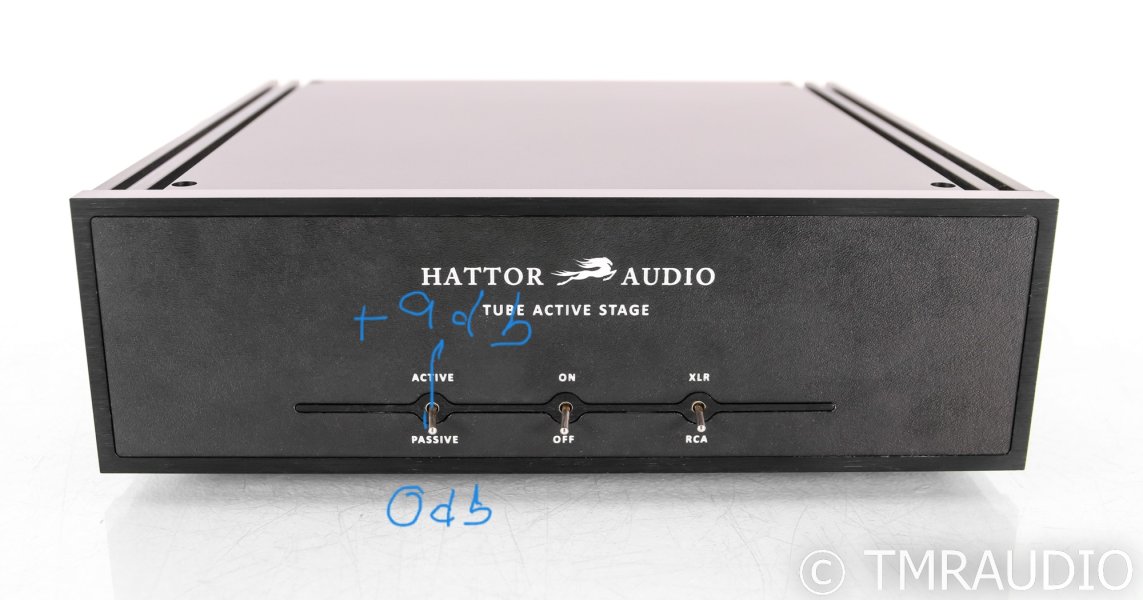That's why I recommended the combination: passive TVC with tubebuffer stage. The 6sn7 version has a 0db or +9db gain switchable, ~200ohms output.detailed, clean sound amazing timbres.The preamp I'm playing at home can drive +10dBm, which is to say +10VU into a 600 Ohm load and does that with direct-coupling; no transformers or coupling caps.
The Khozmo is a very nice unit. We have a motorized version here in the shop.
Exsample how it look

Passive tvc full balanced

P.S they have really good class d amps too
Last edited:




